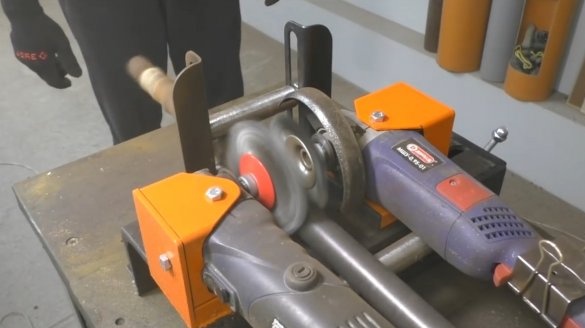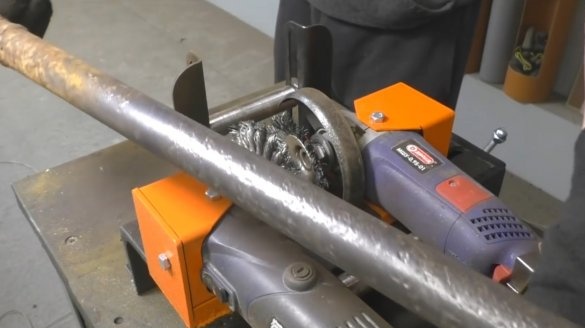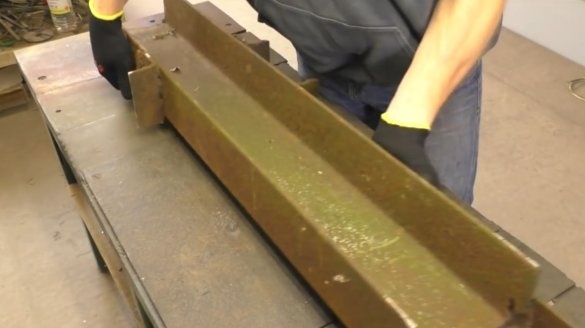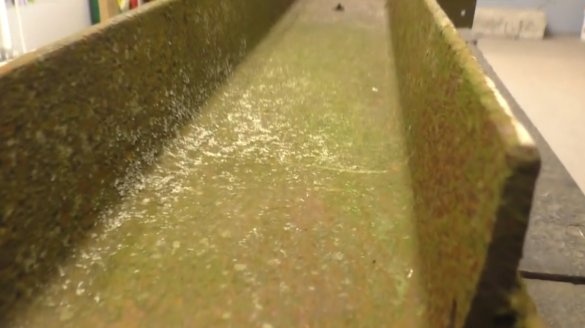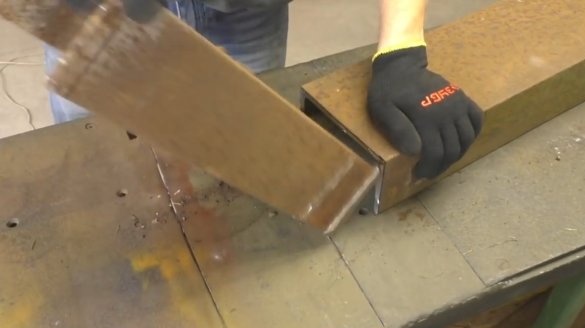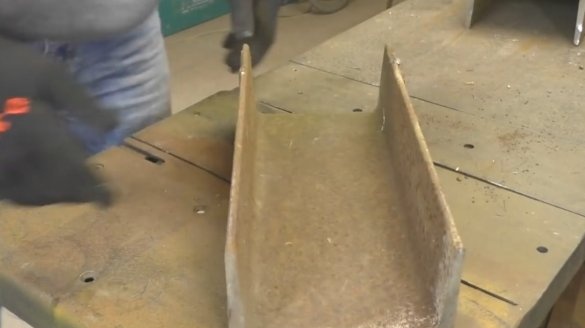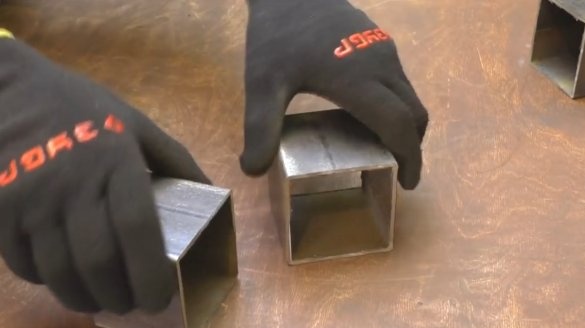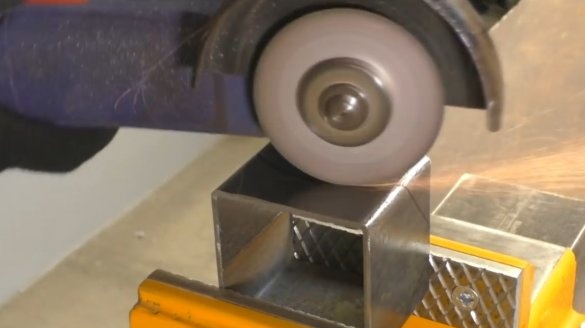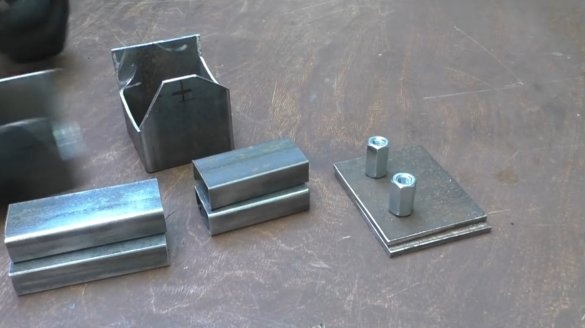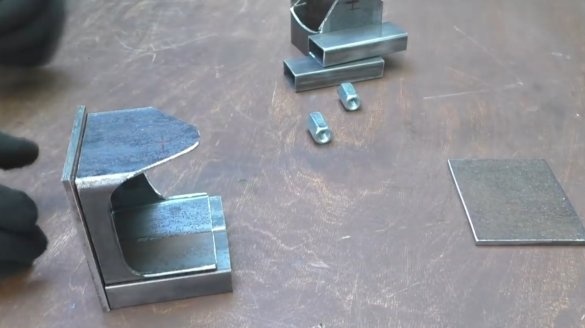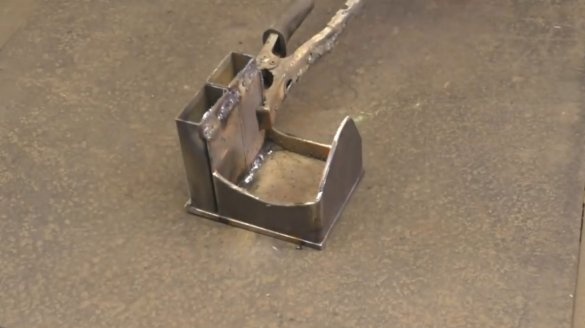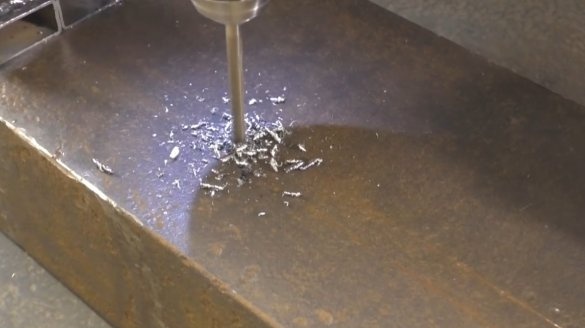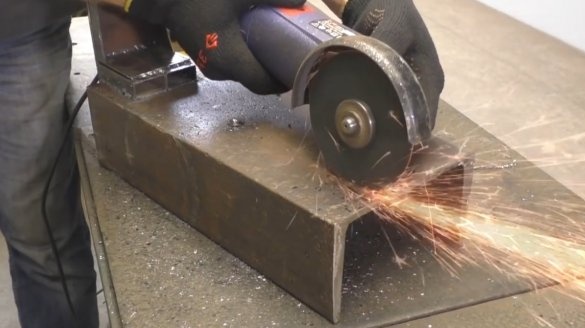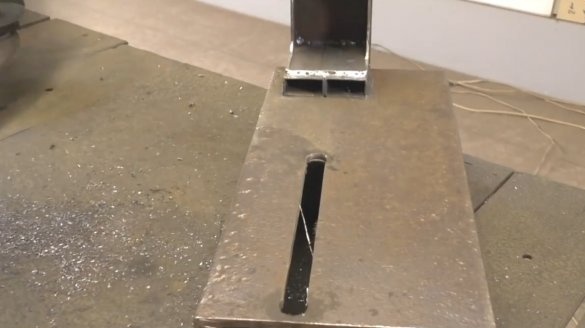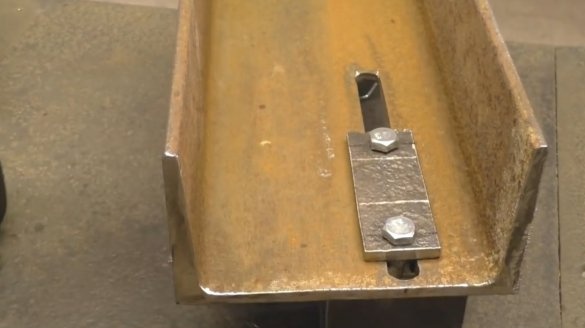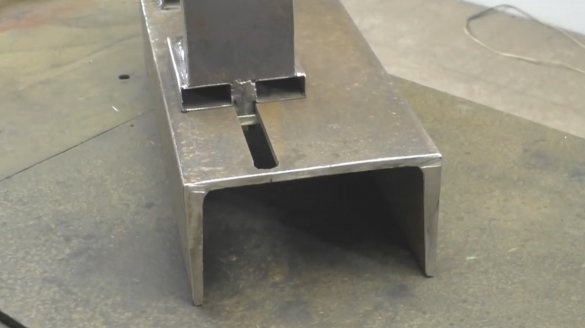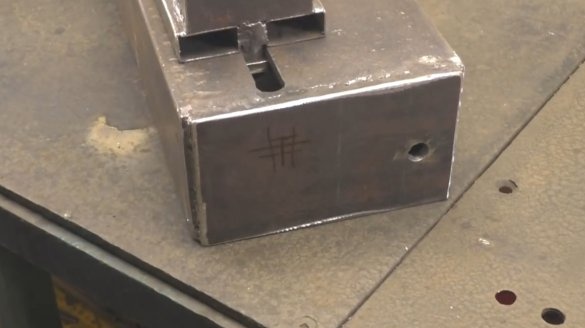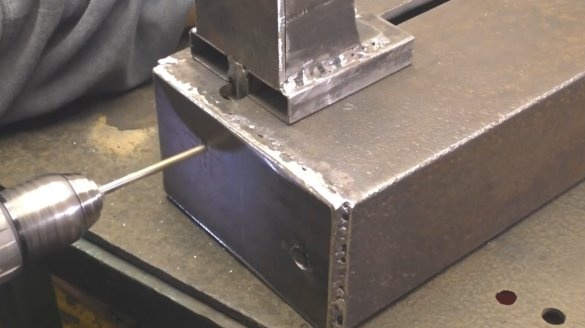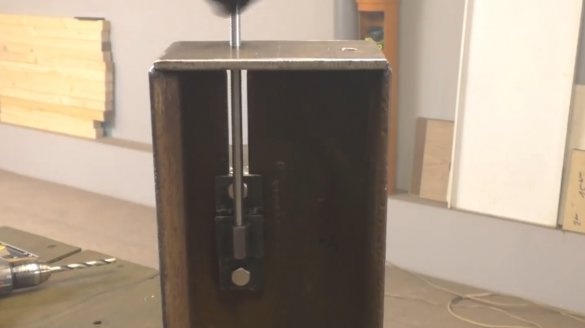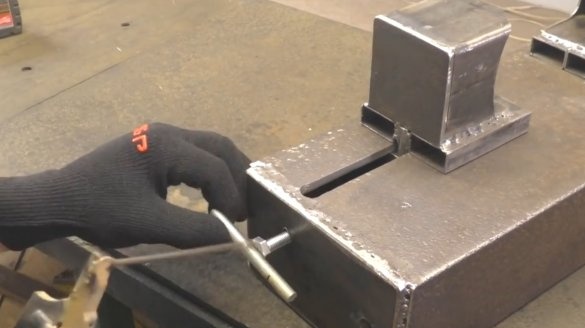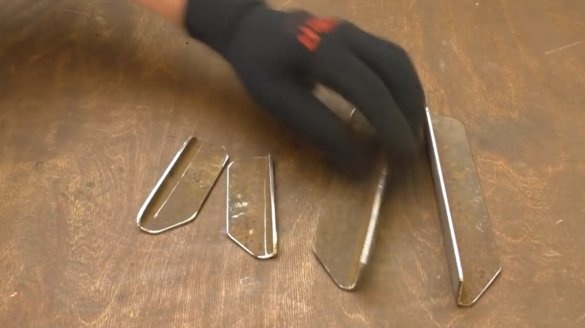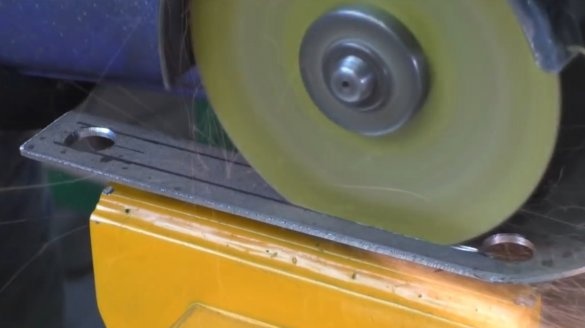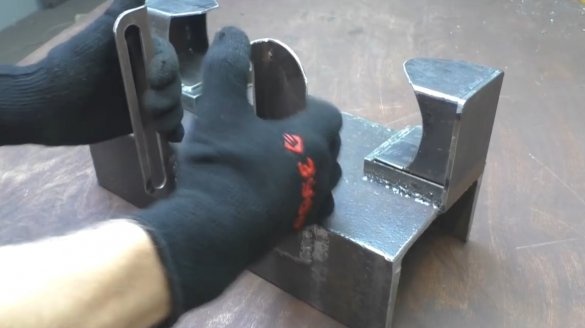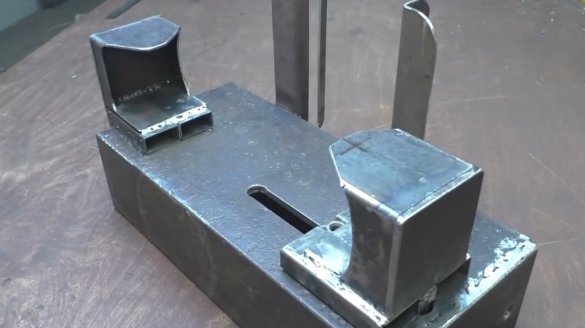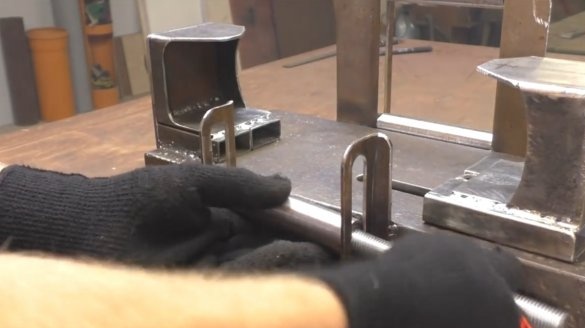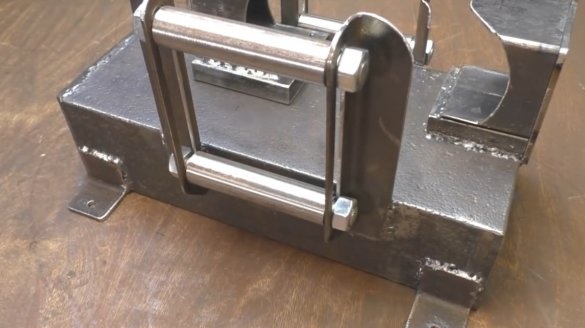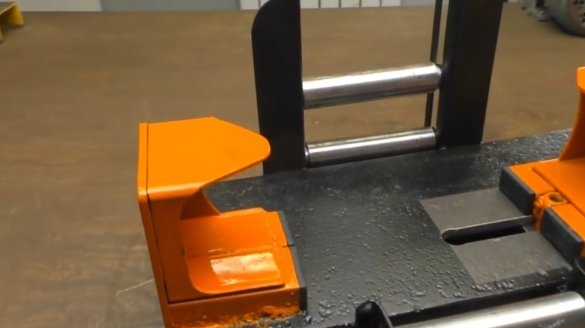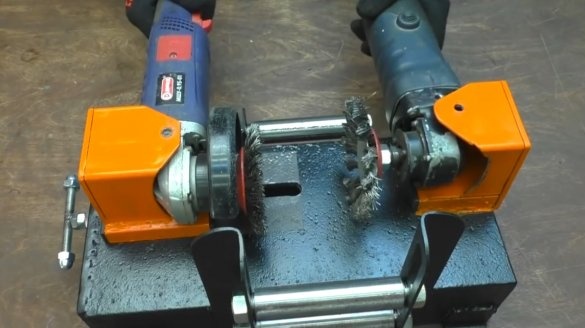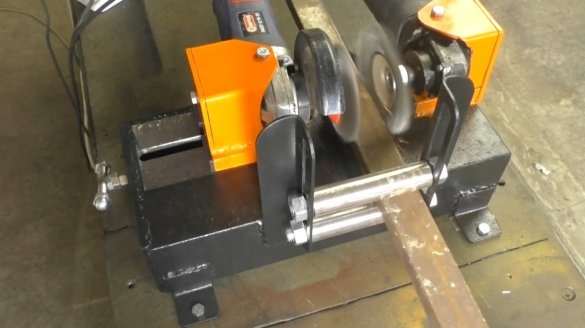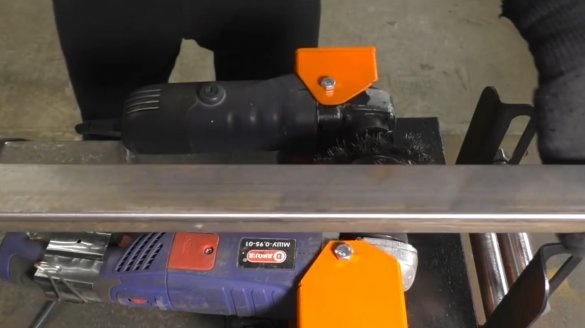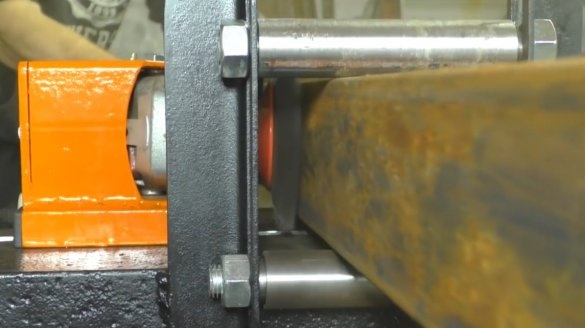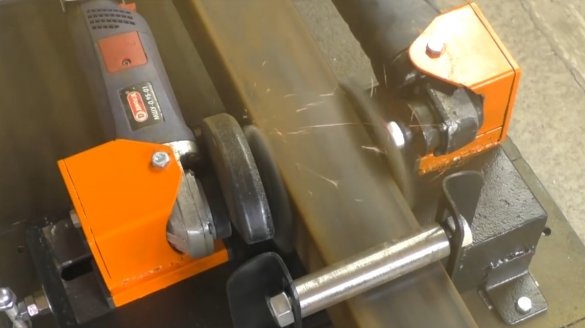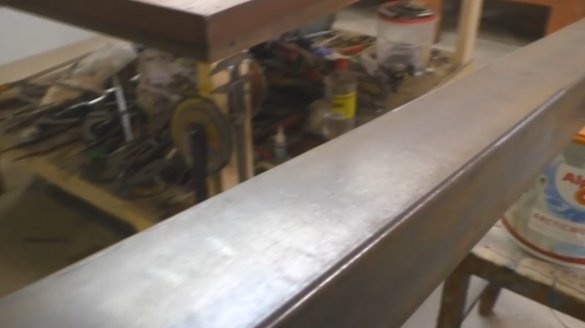I welcome all fans to craft, I propose to consider the instructions for the manufacture of a production machine for cleaning pipes do it yourself. Using such homemade You can clean both profile and ordinary round pipes, round timber and other similar metal products. Thanks to two brushes, round pipes even rotate themselves in the machine during cleaning.
The homemade product is a bed, with two fixed grinders, on each grinder there is a wire brush. Grinders can be adjusted depending on the thickness of the processed pipes. It’s not all complicated, if the project interests you, I propose to study it in more detail!
Materials and tools used by the author:
Material List:
- a piece of channel;
- square and rectangular shaped pipes;
- Sheet steel;
- nuts and bolts;
- long threaded rod;
- corner;
- round pipe.
Tool List:
- grinder;
- welding machine;
- tape measure, marker;
- drill.
Homemade manufacturing process:
Step one. Foundation preparation
As a basis, the author used a piece of the channel; we select a material of such a width that it can be used to fix the necessary equipment. The channel is carefully cleaned from rust and cut off all unnecessary.
Step Two Production and installation of brackets for grinders
We make brackets for grinders, the author cut them out of a piece of a profile pipe of a suitable size. The grinders must be at a certain distance from the base, to obtain this distance we weld pieces of the profile pipe to the fasteners.
One of the fasteners is static, it is welded directly to the base. The second fixture is movable, it will allow to approach or remove one grinder from another, depending on the diameter of the pipe. We make a slotted cut at the base, and fasteners will move along it. Elongated nuts come into the slot, cut them to the desired length.
Step Three Control unit
Inside the channel, a plate is screwed to the fasteners of the grinder, a nut is welded to the plate.A threaded rod is wrapped in this nut, and with it, the distance between the brushes of the grinders is adjusted. We weld a plate to the channel end and drill a hole for the threaded rod, this will be an emphasis. Well, we weld a handle from a round log or the like to the rod.
Step Four Rollers
We make rollers that will serve as guides for the processed pipes. The video shows that the videos do not always work for the author, however, the machine works. So the rotating rollers can not be done at all, or if done, then on bearings. The author adapted pipe pieces as rollers, and threaded rods as axles.
To attach the rollers, we weld two corners with slit-like slots to the base. Moving the rollers along these fasteners, you can adjust the required clearance depending on the thickness of the pipes. The lowest roller can be made static. And in order not to constantly use a wrench, it will be useful to weld the handles to the nuts.
Step Five Painting and testing
We paint the machine, assemble and can be tested. The author cleans rust from pipes of various diameters; both square and profile pipes, including round pipes, are used. As for round pipes, it is easiest to handle them, the brushes themselves rotate the pipe, thereby cleaning it efficiently, and the pipe itself even moves forward. To control the homemade product, it is useful to make a double outlet with a common switch.
The project is completed on this, I hope you liked the homemade work, and you found useful thoughts for yourself. Good luck and creative inspiration, if you decide to repeat this. Do not forget to share your ideas and homemade things with us!

